
Specifying door hardware to comply with accessible bathrooms can be a real challenge. Understanding the New Zealand Standard NZS 4121:2001 (Design for Access and Mobility) is essential in saving time and money. Allegion has over 100 years of expertise within their sales and specification teams; involvement early into a project can take the headache out of door hardware scheduling.
Some key points to think about when next specifying accessible bathroom doors:
- Accessible toilet facilities shall be provided on the main entry level to all buildings
- There are two types of bathroom doors; hinged and cavity sliders
- Doors into accessible toilets must:
- have a clear opening of 760mm
- be provided with a suitable indicator bolt of suitable size and simplicity of operation to be readily usable by those with limited hand movement
- be able to be opened from the outside in an emergency
- have rails and kick plates (as outlined in the Standards)
- door handles must always return to the door and be fitted 1 metre above the finished floor level (FFL)
- To achieve a clear opening of 760mm with a hinged door, the door must be at least 810mm wide
- With a hinged door, 99% of the time the door will open out because “Inward opening doors can only work effectively if there is a turning circle space of 1500mm diameter beyond the open door."
- To achieve a clear opening of 760mm with a cavity slider, a 910mm wide door will be required, because the handle of the unit prevents the door sliding fully back into the cavity
If Allegion is involved before construction begins, potential issues like door size can be easily rectified. Changing a door's size during construction can cause major issues. Another important factor to consider is door colour. If using a special finish door handle, such as black hardware, there needs to be a contrast with the door colour. So, if the door colour is dark and black hardware is selected, there wouldn’t be enough contrast and the door would be non-compliant.
The code is also clear, the lever handle must return to the face of the door. This is because a person with a disability can struggle with handles getting caught on the arm of their clothing if the lever sticks straight out. Further to this, a knob handle cannot be used on an accessible door.
When a door opens into a corridor a delayed action door closer needs to be added. A wheelchair user requires more time to exit a room, hence the delayed action is required. If the door doesn’t open into a corridor but is part of a toilet-block, then no door closer is required because the toilet lobby door will have one. However, in this instance, a 610mm grab rail should be fitted to the interior face of the door.
Talk to the Allegion team when specifying door hardware to ensure it complies with New Zealand Standards and avoids costly construction errors.













 Case Studies
Case Studies








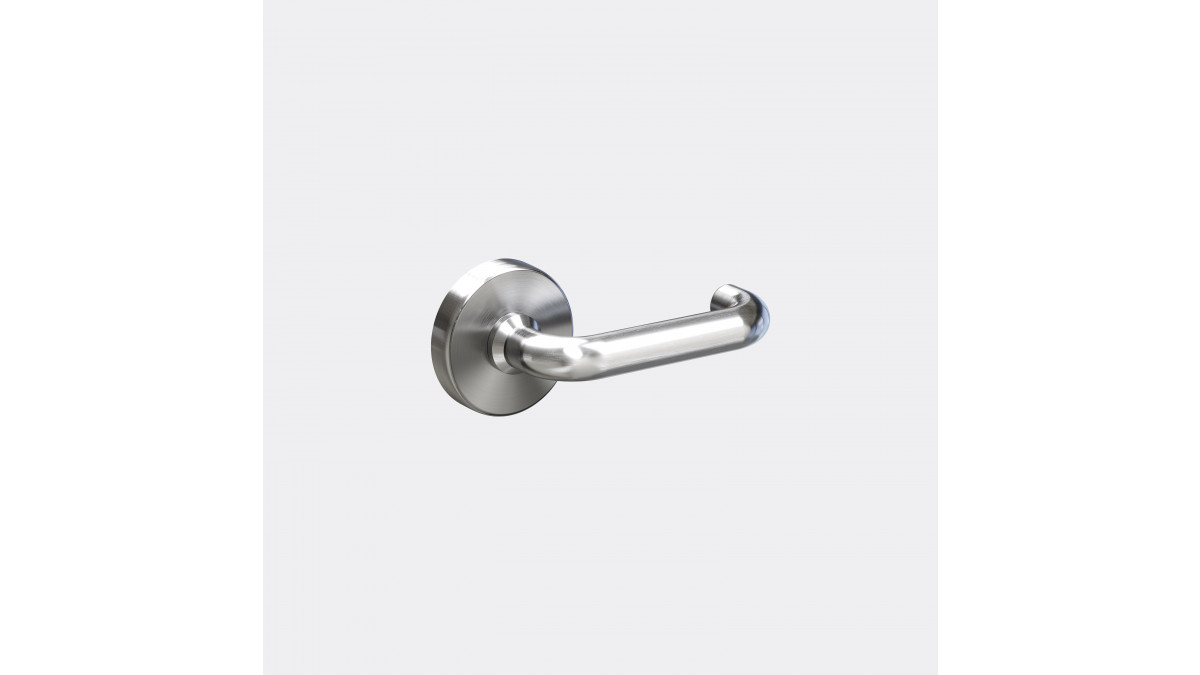




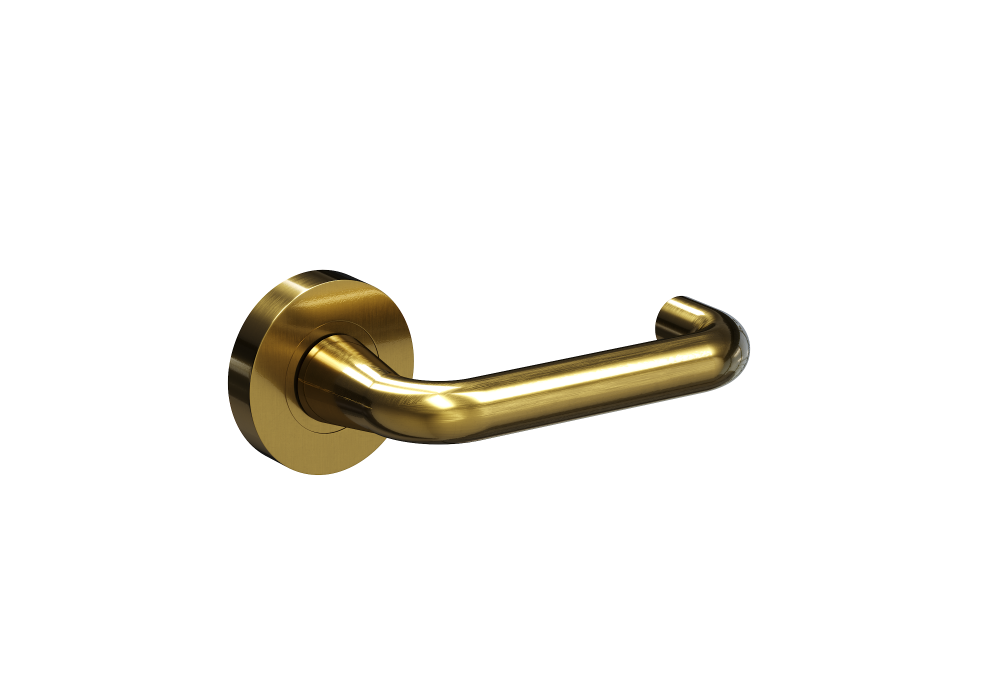
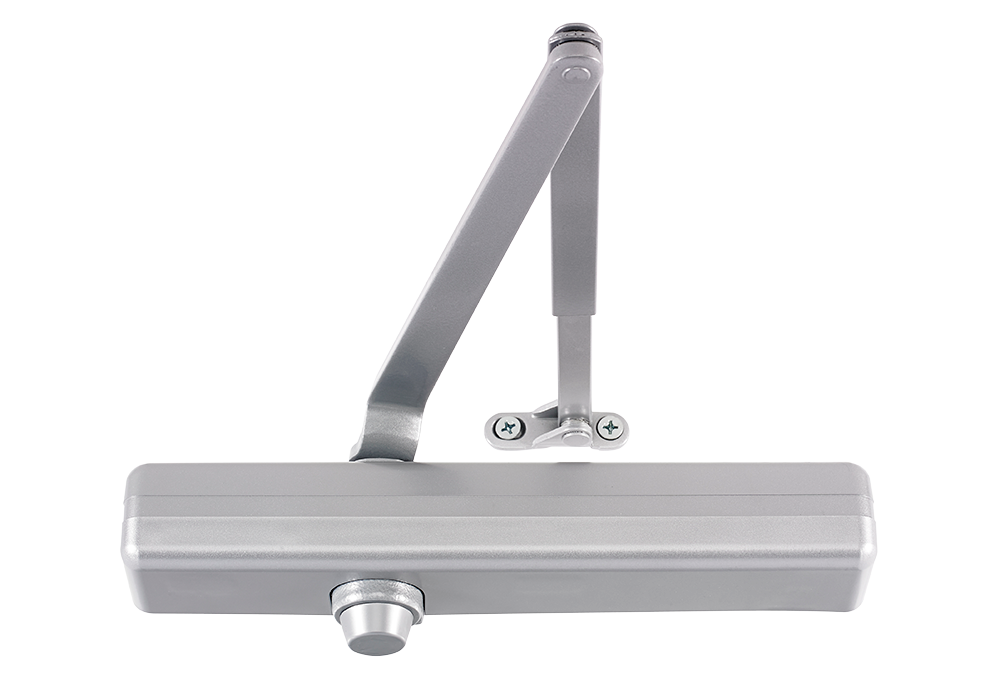
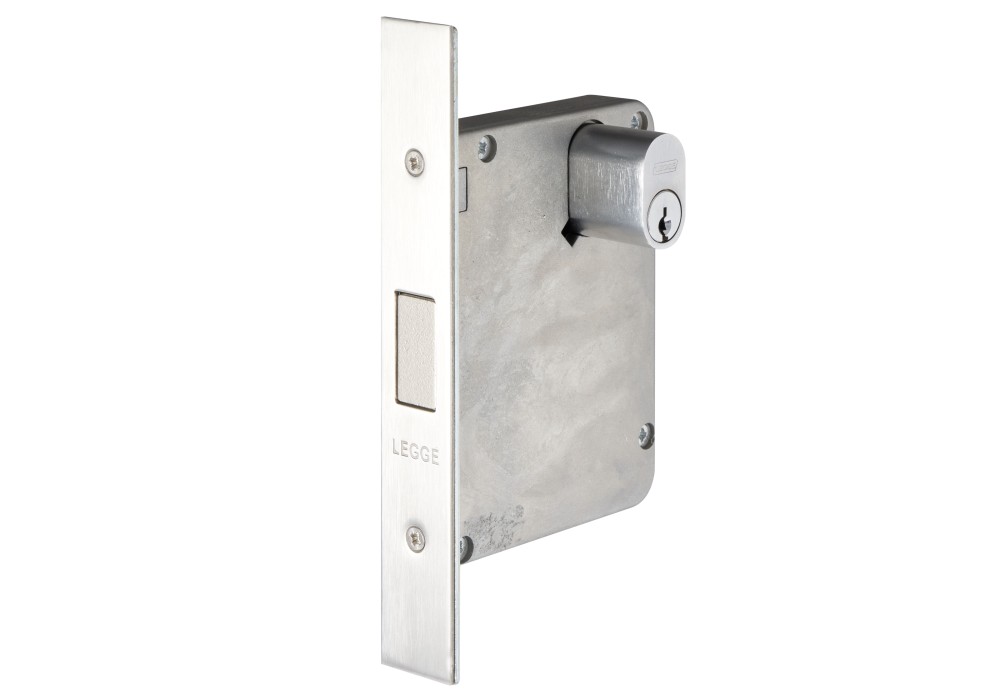
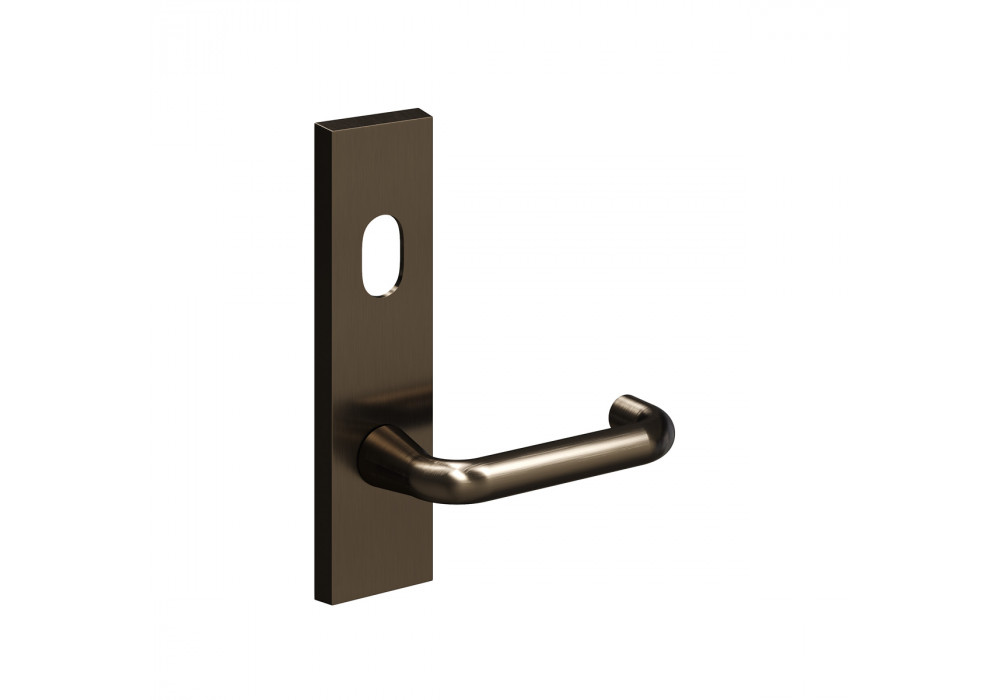
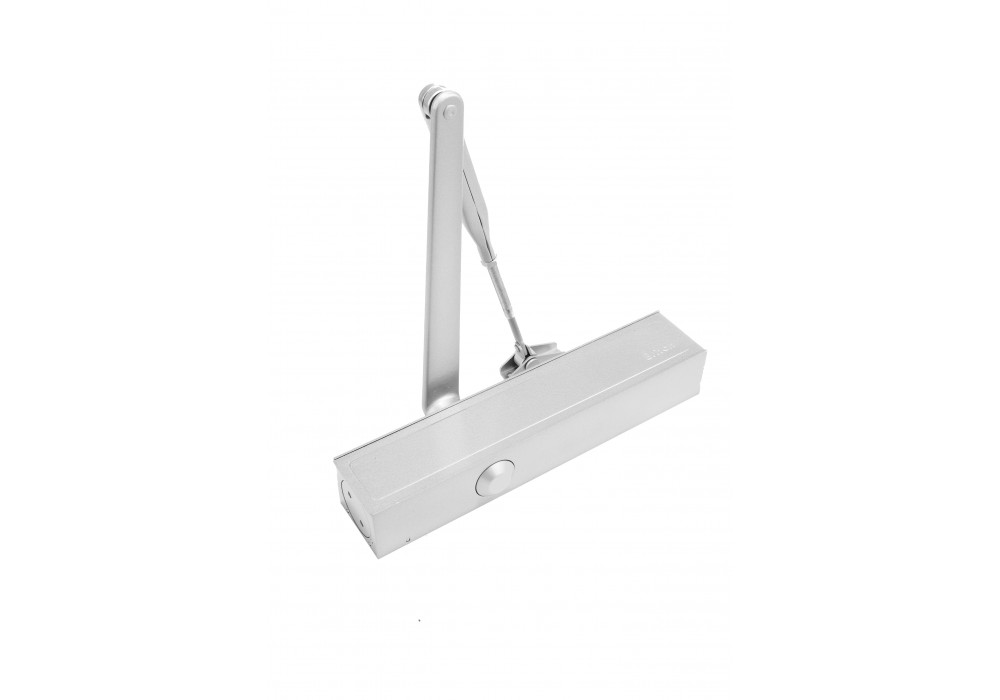

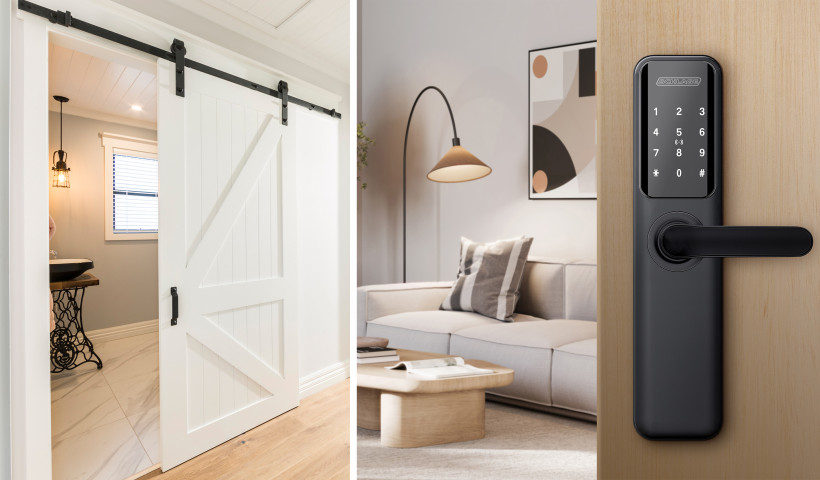
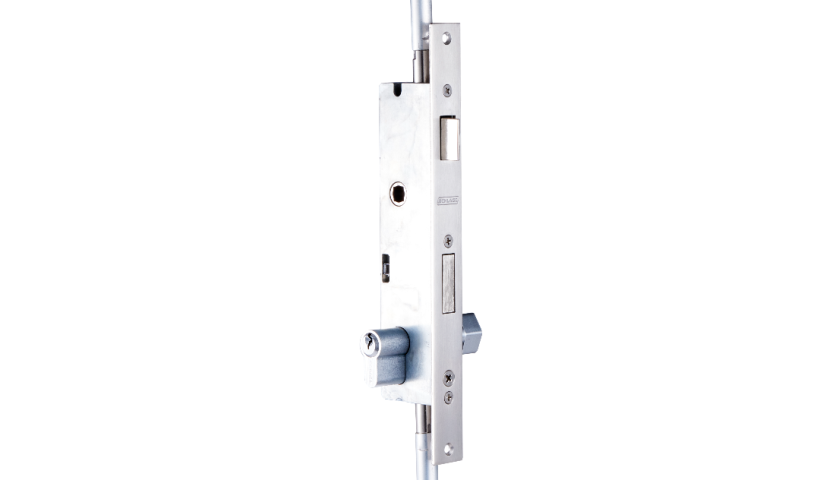
 Popular Products from Allegion
Popular Products from Allegion


 Most Popular
Most Popular


 Popular Blog Posts
Popular Blog Posts